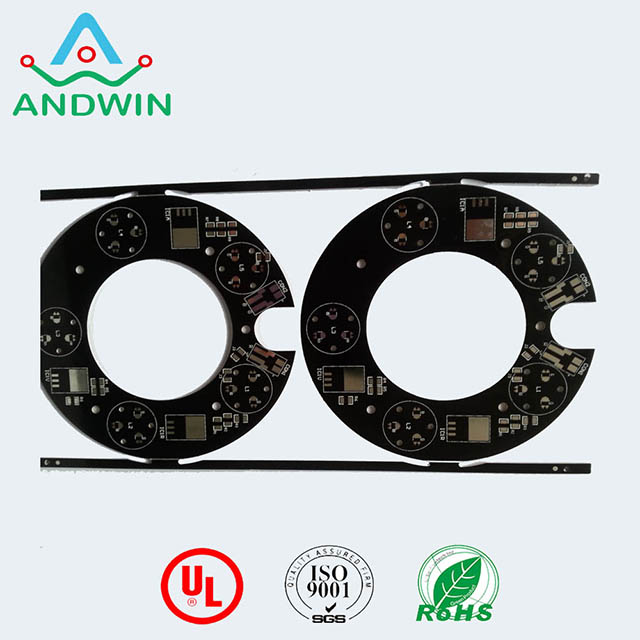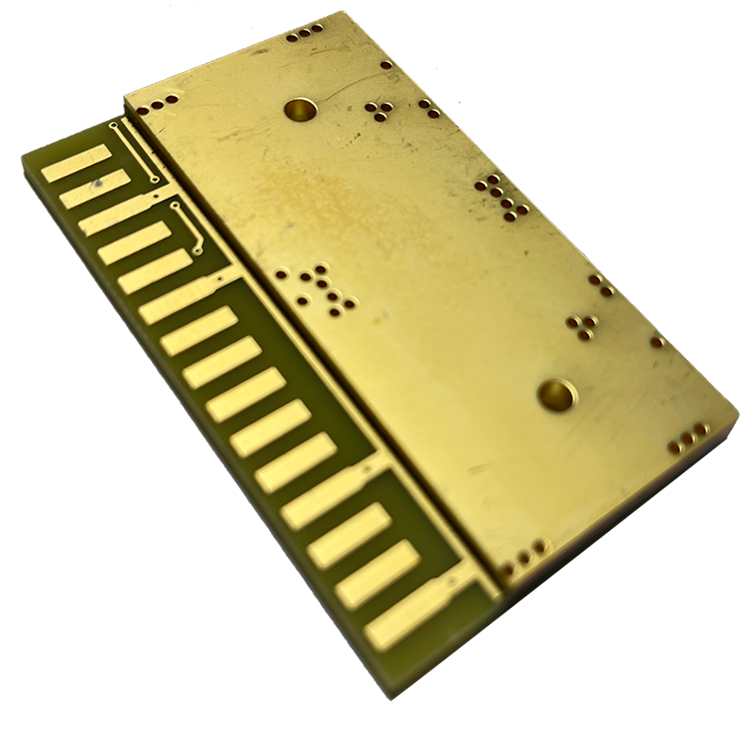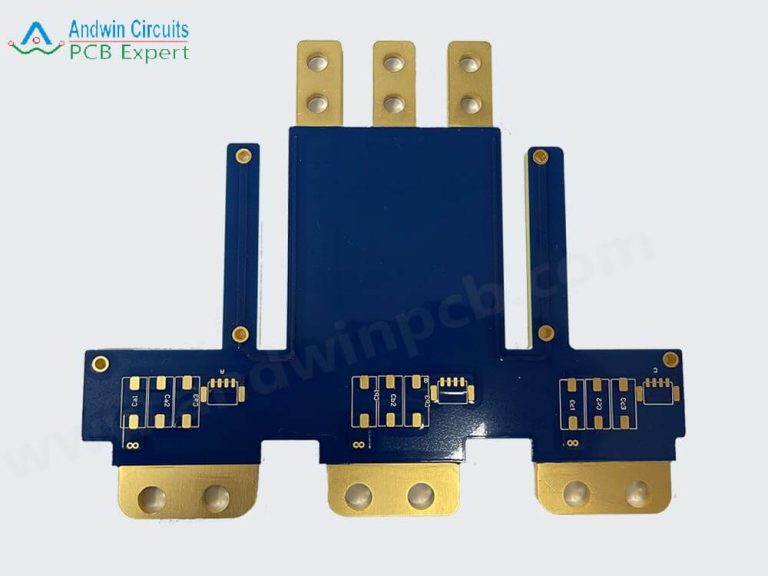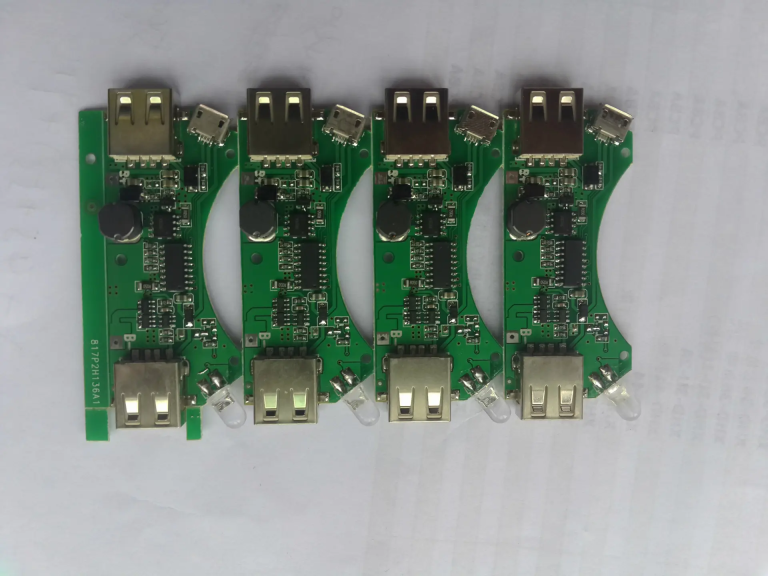PCB Production and Assembly: The Key to Efficient and Reliable Electronics Manufacturing
Printed circuit boards (PCBs) are the backbone of modern electronics manufacturing.
They are used in almost every electronic device, from smartphones and laptops to cars and airplanes.
PCBs are essential for connecting electronic components and providing a platform for their operation.
PCB production and assembly are critical steps in the manufacturing process that determine the quality,
reliability, and performance of the final product.
PCB Production: From Design to Manufacturing
PCB production involves several steps, starting with the design of the circuit board.
The design process includes creating a schematic diagram of the circuit, selecting the components,
and laying out the board’s traces and pads.
The design is then converted into a computer-aided design (CAD) file that can be used to manufacture the PCB.

The next step is to create the PCB layout, which involves transferring the design onto a physical board.
This can be done using various techniques, such as photoetching or milling.
The board is then drilled to create holes for the components and plated with metal to create the traces and pads.
Once the board is complete, it undergoes testing to ensure that it meets the specifications and functions correctly.
The testing process includes checking for continuity, shorts, and open circuits.
Any defects or issues are identified and corrected before the board is sent for assembly.
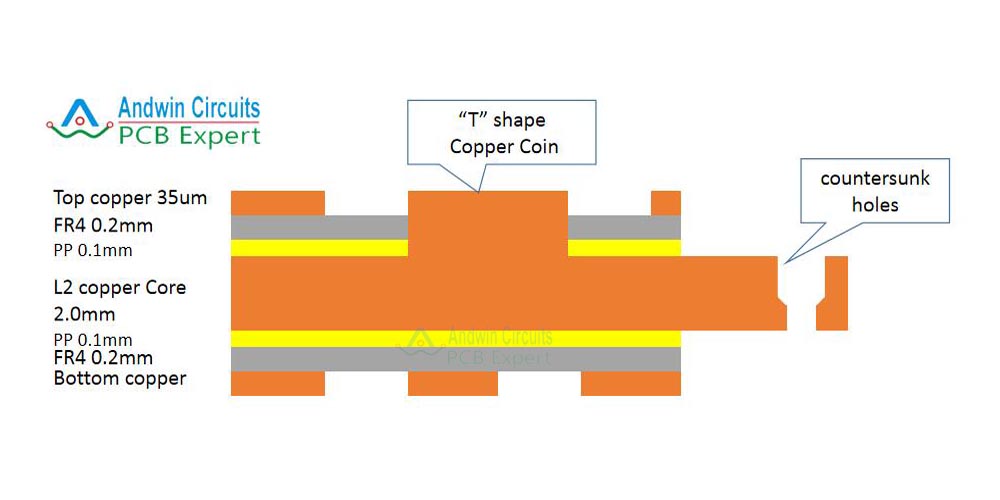
PCB Assembly: Putting the Pieces Together
PCB assembly is the process of attaching the electronic components to the board.
This can be done manually or using automated machines. The assembly process involves several steps,
including placing the components, soldering them to the board, and testing the finished product.
The first step in PCB assembly is to place the components on the board.
This can be done using pick-and-place machines or by hand.
The components are then soldered to the board using a variety of techniques,
such as wave soldering or reflow soldering.
After the components are soldered, the board undergoes testing to ensure that it functions correctly.
This testing includes checking for proper component placement, solder quality, and electrical continuity.
Any defects or issues are identified and corrected before the board is sent for final testing and packaging.
Benefits of PCB Production and Assembly
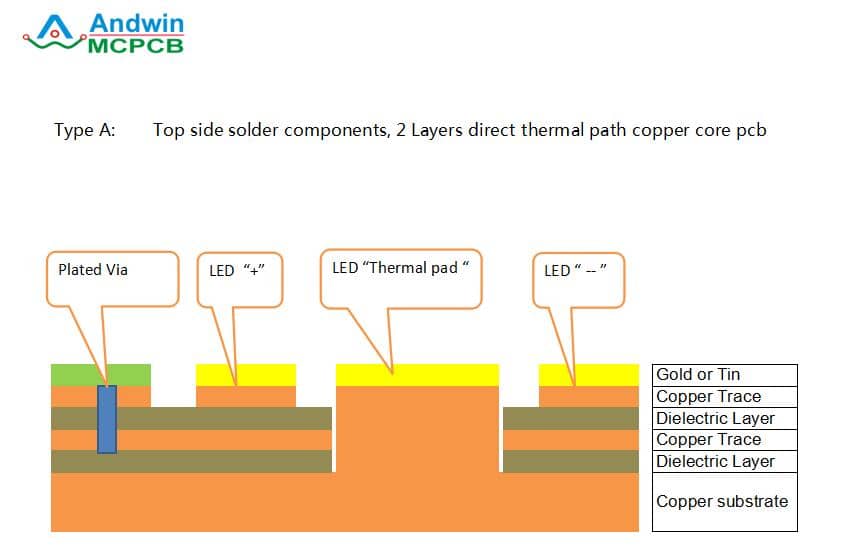
PCB production and assembly offer several benefits for electronics manufacturing. These include:
1. Efficiency:
PCB production and assembly allow for faster and more efficient manufacturing processes.
Automated assembly machines can place components quickly and accurately, reducing the time and cost of production.
2. Reliability:
PCBs are designed to be reliable and durable, with high-quality materials and manufacturing processes.
This ensures that the final product is dependable and performs as expected.
3. Customization:
PCBs can be customized to meet specific design requirements,
allowing for greater flexibility in product development.
4. Cost-effectiveness:
PCB production and assembly can be done at scale,
reducing the cost per unit and making electronics manufacturing more cost-effective.

Conclusion
PCB production and assembly are critical steps in electronics manufacturing.
They ensure that electronic devices are efficient, reliable, and perform as expected.
PCBs are essential for connecting electronic components and providing a platform for their operation.
The production and assembly processes involve several steps,
from design to testing, and require specialized equipment and expertise.
By choosing a reputable PCB manufacturer and assembler,
electronics manufacturers can ensure that their products are of the highest quality and meet their design specifications.


